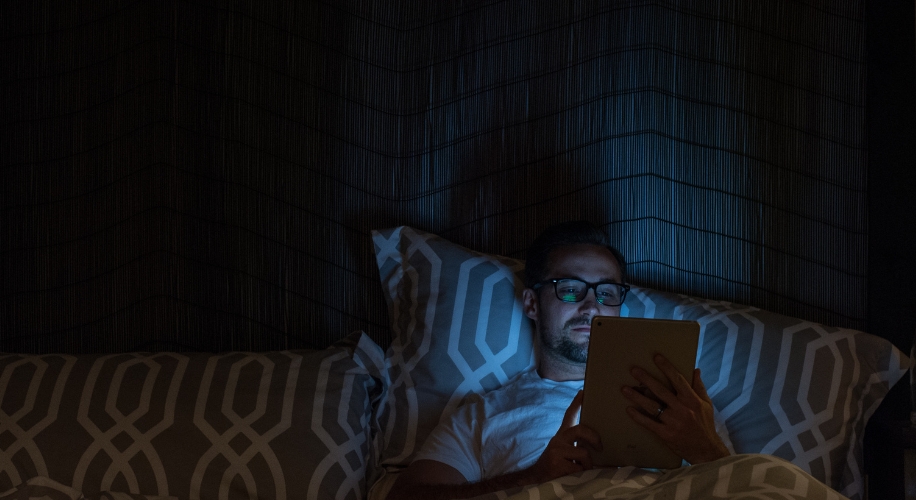Understanding Eyelid Twitching and Myokymia
- BY Dr. Steven Liem
- IN Eye Care

Photo from energetic.com
It’s an ordinary day, you’re going about your routine and suddenly, your eyelid starts to twitch. It’s a common occurrence that many of us experience from time to time. This involuntary, repetitive movement that you’re experiencing is known as eyelid myokymia, or simply eyelid twitching. While it’s generally harmless, understanding why it happens can help you manage it better.
Eyelid Twitching: What is it?
Eyelid twitching, or myokymia, refers to an involuntary spasm or slight movement of the eyelid muscles. This minor condition is usually temporary and often goes unnoticed by those around you. However, it can be annoying, especially if it persists for more than a few days. It’s essential to note that while myokymia is a form of eyelid twitching, not all eyelid twitching is myokymia.
Why Does it Happen?
Several factors can trigger eyelid twitching. Identifying these triggers can help you take preventive measures. Some common triggers include:
- Stress: High levels of stress are a common cause of eyelid twitching. Taking steps to manage your stress levels can help reduce the frequency of twitching.
- Fatigue: Eyelid twitching can result from tiredness. Ensure you’re getting enough sleep to help ease symptoms.
- Eye strain: Spending long hours in front of a computer screen can lead to eye strain, which in turn can cause eyelid twitching. Consider wearing blue light filter glasses if you spend a lot of time using digital devices.
- Caffeine and Alcohol: Overindulgence in caffeine and alcohol can also trigger myokymia. Try to limit your consumption of these substances if you’re experiencing frequent eye twitching.
Note that while these are common triggers, they may not be the cause of your specific issue. If you’re experiencing persistent eyelid twitching, it’s important to seek professional advice.

How to Manage Eyelid Twitching
If you’re experiencing occasional eyelid twitching, simple lifestyle adjustments can help manage the symptoms. These might include:
- Reducing stress: Engage in stress-reducing activities like yoga, meditation, or simply taking a walk outside.
- Getting enough sleep: Ensure you’re getting the recommended 7-9 hours of sleep each night.
- Limiting screen time: If you need to spend a lot of time in front of a computer, ensure you’re taking regular breaks to rest your eyes. Wearing blue light glasses can also help.
- Limiting caffeine and alcohol: Try reducing your intake of these substances and observe any changes in your symptoms.
Remember, if your eyelid twitching is persistent, it’s best to consult an eye care professional. They can provide a comprehensive eye exam to rule out any underlying conditions and help guide you towards the right solution for your issue. Additionally, consider exploring options for eyewear at places like Zenni. With a wide range of affordable and stylish glasses, Zenni offers a convenient solution for those in need of prescription or non-prescription eyewear.


